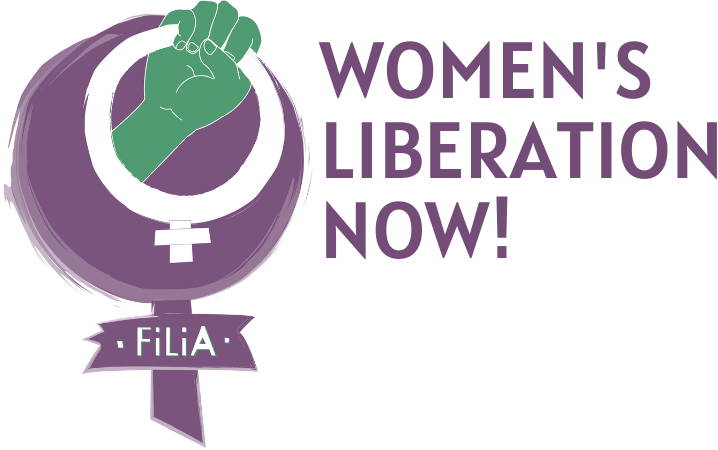Is the Advertising Standards Authority doing enough?
The ASA is cracking down on the sexualisation of under-18s, but the media’s continued exploitation of women still harms our children
Kirstie Summers with Dr Sasha Rakoff of Not Buying It?
June 2017
Last week the Advertising Standards Authority (ASA) announced that the Committee of Advertising Practice (CAP) and the Broadcast Committee of Advertising Practice (BCAP) will introduce stricter rules about how under-18s are portrayed in marketing and advertising.
The new restrictions will prohibit the sexual portrayal and representation of under-18s and those who appear to be under 18.
Up until now the ASA has upheld complaints about the sexualisation of young people in advertising due to “social responsibility rules”, but this is the first time that ASA rules will explicitly restrict such portrayals via both CAP and BCAP codes. The BCAP code already specified the prohibition of representation children in a sexual way, which applied to under-16s. The CAP code (which applied to non-broadcast media, such as newspapers and other print media) had no such specifications.
The ASA claims that the new rules will offer protection to all under-18s.
Its website states:
“We believe our action will address the potential for some adults to view under-18s in general as sexual beings and for some under-18s to be pressurised to view themselves in this way. The new rules will also provide further protection for individual models featured in advertising.
“Under the new rules, any sexualised depiction of under-18s will be prohibited, unless the principal function of the ad is to promote the welfare of under-18s or to prevent harm (for example, in ads to promote safe sex).”
This is undoubtedly a step forward when it comes to ensuring that the media is a safe space for children.
Since 2012, the Children’s Society has run wellbeing assessments with over 52,000 children and young people. One of the issues raised was how body image and advertising affected their lives.
Its report says:
“It is clear that advertisements and other forms of media have a real influence on the lives of young people. This is particularly true of secondary age girls who make links between the portrayal of girls and women in the media and the way they feel about themselves. Through our consultations, girls told us that they felt under pressure to adhere to a specific idea of what it means to be female, an idea which focuses strongly on physical appearance. Teenage girls also comment upon the expectations others have upon them, particularly boys, which many identify as being unrealistic and shaped by images in the media.”
This suggests that the new restrictions, if implemented effectively, could be a very positive step towards reshaping society’s expectations of women in terms of their appearance. This could have an endless number of knock-on effects that will improve the general mental wellbeing and self-esteem of all young people, including encouraging everyone to appreciate qualities outside of physical beauty.
However it would only be the first step in a long journey to dismantle the media’s shallow portrayal of women, which through the sexualisation of adults as much as children can have a profoundly negative effect on young people.
Dr Sasha Rakoff, a representative of the Not Buying It campaign, which protests the excessive use of highly sexualised images of women in the media, highlights just how much more the ASA could be doing to protect children.
“We welcome this move by the ASA,” Dr Rakoff says, “but this means that there is an even more glaring gap regarding the kind of imagery, industries and messages that the organisation thinks are fit to expose children to.
“We have spent the best part of a year trying to convince the ASA that newspapers should not contain ads for sex chat, pornography and prostitution – in part as an issue of child protection. These can be seen every day in the Evening Standard and Metro and many others, and in particularly graphic form in The Star. The ASA ruled that the graphic porn and sex ads synonymous with The Sport newspaper were totally acceptable ‘as long as they weren’t on the back cover’, as apparently then, and only then, children might see them.
“Surely children are just as harmed by being exposed to sexual images of young women (often barely over 18) as they are by sexualised images of children – perhaps more so, as the latter is rare though the former is everywhere. The Children’s Society’s research and recommendations to the ASA clearly indicates this. It calls for an end to exposure of children to inappropriate sexual images and sexualised violence in advertising, particularly where celebrities are involved. From our dealings with the ASA, there seems to be the view that there is some kind of a clear cut-off or divide between sexualising children and exposing children to sexualised imagery of young women. There is not.
“Given that 70% of children say they have access to a newspaper and 50% of boys say newspapers are their preferred reading material, it absolutely defies belief that members of the ASA committee are experts in child protection.”
Not Buying It is currently running a PETITION asking George Osborne to scrap all sex ads in the Evening Standard.
If you want to Tweet the ASA to let them know what you think click HERE
The changes pertaining to under-18s are due to come into effect in January 2018.
Further reading
“The Sexual Portrayal of Under-18s in Advertising” – report by the Children’s Society
